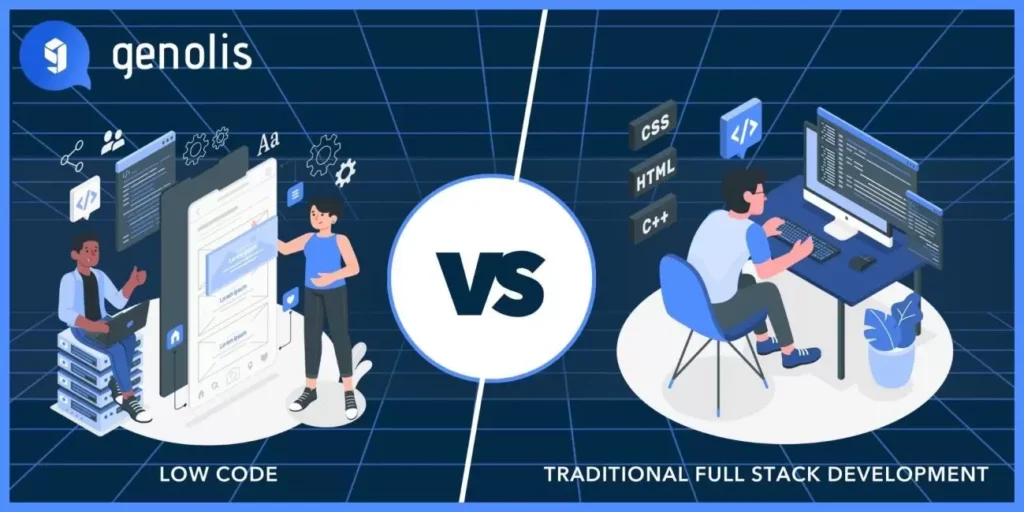How much does bespoke software cost in Australia in 2023?
What is the estimated cost of custom software? More and more businesses and organisations in Australia consider bespoke software because existing off-the-shelf solutions can’t fulfil all their needs. Nevertheless, as a result of the diverse requirements, pinpointing the precise cost of custom software development at first glance can be intricate. The overall price can vary significantly, ranging anywhere from $30,000 to $500,000 AUD. Let’s dive into more detail to determine how much investment it will require in your case. What does the cost of the bespoke software depend on? Size The larger your project is, the more significant investment is required. The size of your software can give a ballpark estimate of your development cost. The more screens or pages you need – the bigger the size. Small applications range from 10 to 25 screens and cost around $40,000 to $100,000 AUD. Medium custom software systems comprise 25-40 screens and cost $100,000 to $200,000 AUD. Anything over 40 screens is considered large and can take up to $300,000 AUD and more in accumulative investment. Complexity It differs from the size, though an app that performs heavy analysis can be viewed as large. But size is about screens, and complexity is about nuances and permutations. The more functionalities you want to enable through your codes, the more complex your software becomes. If you want to add more complex logic and outcomes in your software, it will take more time and, thus, will increase your overall cost. Design The more exquisite you intend to go with your software design, the higher it will cost. Of course, you can always go simple! Integrations with other systems Most software products require integration, either with third-party applications, APIs or with the existing enterprise legacy apps, so this will add variables to the equation. Integrating with third-party apps or popular APIs might cost less than when you want to integrate your custom software with an old legacy application. Moreover, some software might also require building new APIs to integrate them seamlessly. This would also impact the overall cost. Migration of existing data When building custom software, the developers will need to take data out of your old system, dust it off and reshape it to fit into your new system. The software development team needs to handle all aspects of your database migration like validation, data conversion, cleaning, analysing, securing, profiling, and quality assurance. Your database’s size, security requirements, vulnerabilities, and other things will affect the cost of custom software development. How to pinpoint the total price of building custom software for my organisation? After collecting and analysing your ideas and requirements, a software company will work out the project’s structure and roughly estimate the amount of work needed to implement it. Most companies use the hourly pricing model for their custom development, so the work hours required will determine the cost of your project. Maintenance costs should also be taken into consideration. No matter the price, custom software development typically brings a great return on investment for any industry. It provides a convenient platform for facilitating operations management, optimising human resources, and reducing future costs. Custom software is an essential component of any enterprise’s innovation and growth. Anyway, the software can always be built to fit a certain budget. This is usually done by lowering priority items or not including some items in the project. Your Local Bespoke Software Development Partner in Australia Genolis has been offering custom digital solutions to Australia’s businesses of all scales since 2000. We have a team of dynamic and experienced technical experts to turn your software application idea into reality. Genolis is efficient, customer-focused and result-oriented, delivering optimal solutions for competitive prices. Our specialists can provide an honest and realistic estimation of the costs and timeline for a custom application tailored to your business needs and requirements. We will keep everything around your project in mind to develop an optimal solution that will perfectly meet your business needs within an affordable budget. Implementing a custom application in your business can become one of the best investments in your enterprise’s development, ensuring innovation, giving you a competitive advantage and taking your organisation to the next level in 2023. Do not hesitate to contact us to get a free consultation.







